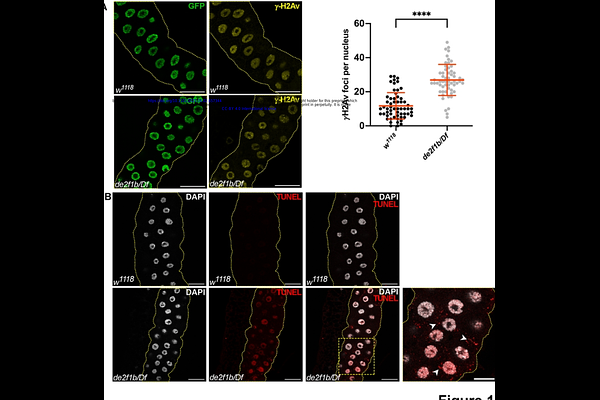E2F deregulation compromises ER homeostasis by attenuating IRE1 activity

E2F deregulation compromises ER homeostasis by attenuating IRE1 activity
Das, A.; Li, Y.; Fan, Y.; Moon, N.-S.
AbstractThe E2F family of transcription factors are key regulators of the cell cycle in all metazoans. While they are primarily known for their role in cell cycle progression, E2Fs also play broader roles in cellular physiology, including the maintenance of exocrine tissue homeostasis. However, the underlying mechanisms that render exocrine cells particularly sensitive to E2F deregulation remain poorly understood. The Drosophila larval salivary gland (SG), like its mammalian counterpart, is an exocrine tissue that produces large quantities of \"glue proteins\" in the endoplasmic reticulum (ER). Here, we show that E2F activity is important for the exocrine function of the Drosophila SG. The loss of de2f1b, an alternatively spliced isoform of DrosophilaE2F1, leads to elevated DNA damage and accumulation of cytoplasmic DNA (cytoDNA) in the SGs. Surprisingly, we found that IRE1, a key sensor of the unfolded protein response, is required not only for ER homeostasis but also for preventing cytoDNA accumulation in the SG. Importantly, we found evidence demonstrating that IRE1 activity is attenuated in de2f1b-deficient SGs, contributing to both ER dysfunction and cytoDNA accumulation. Together, these findings reveal an unanticipated link between ER homeostasis and cytoDNA processing and offer mechanistic insight into why exocrine tissues are particularly vulnerable to E2F deregulation.